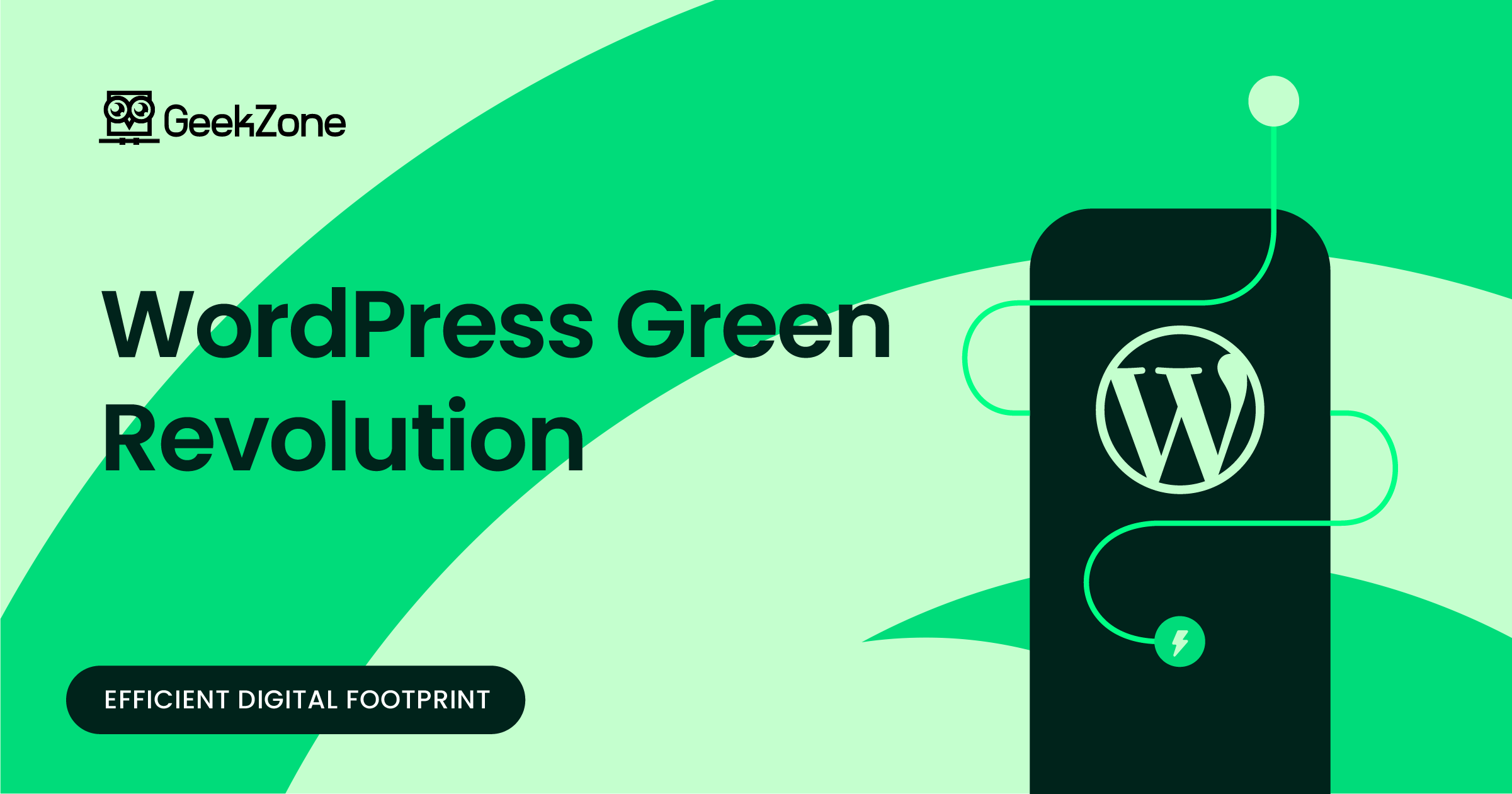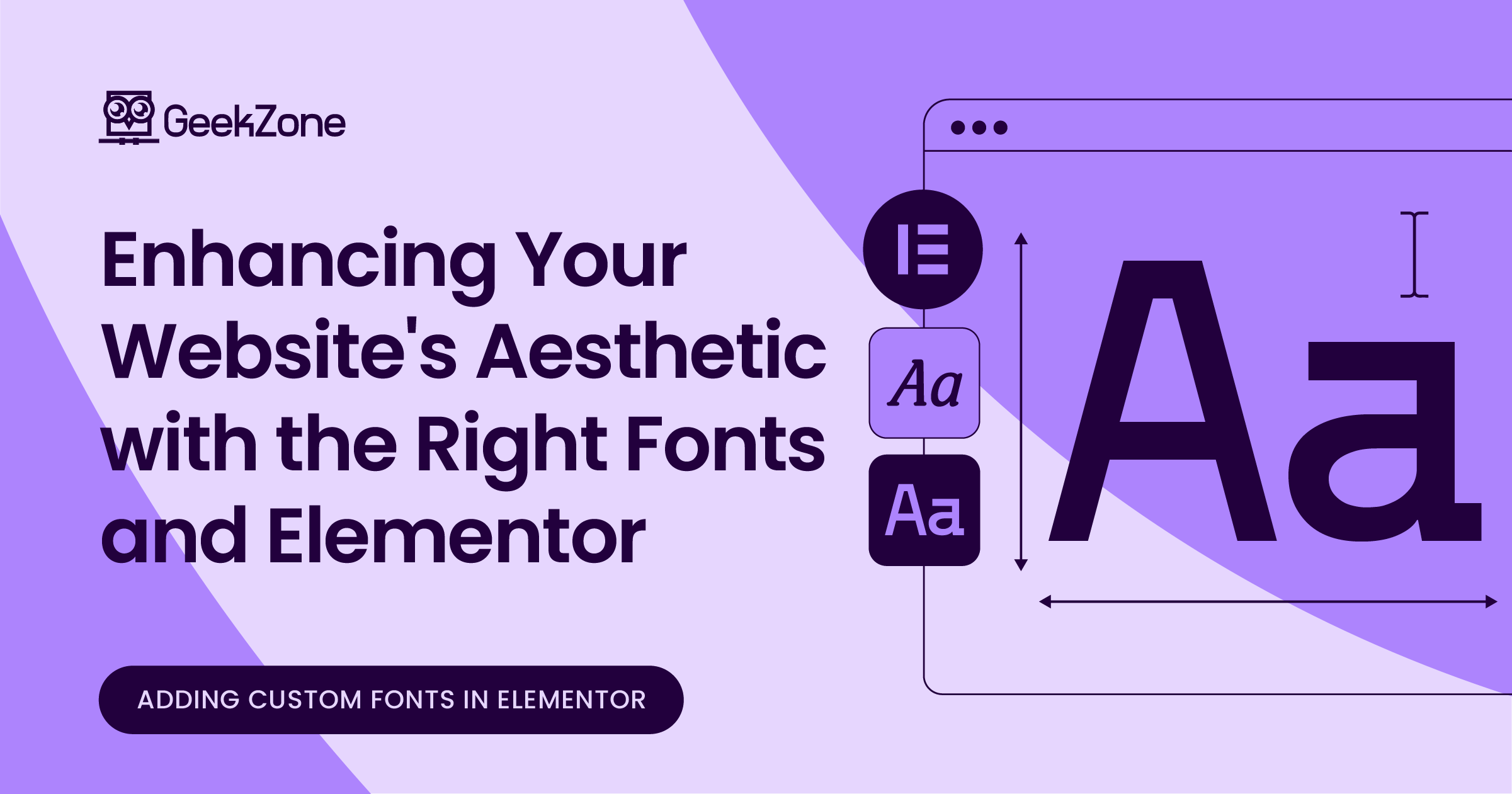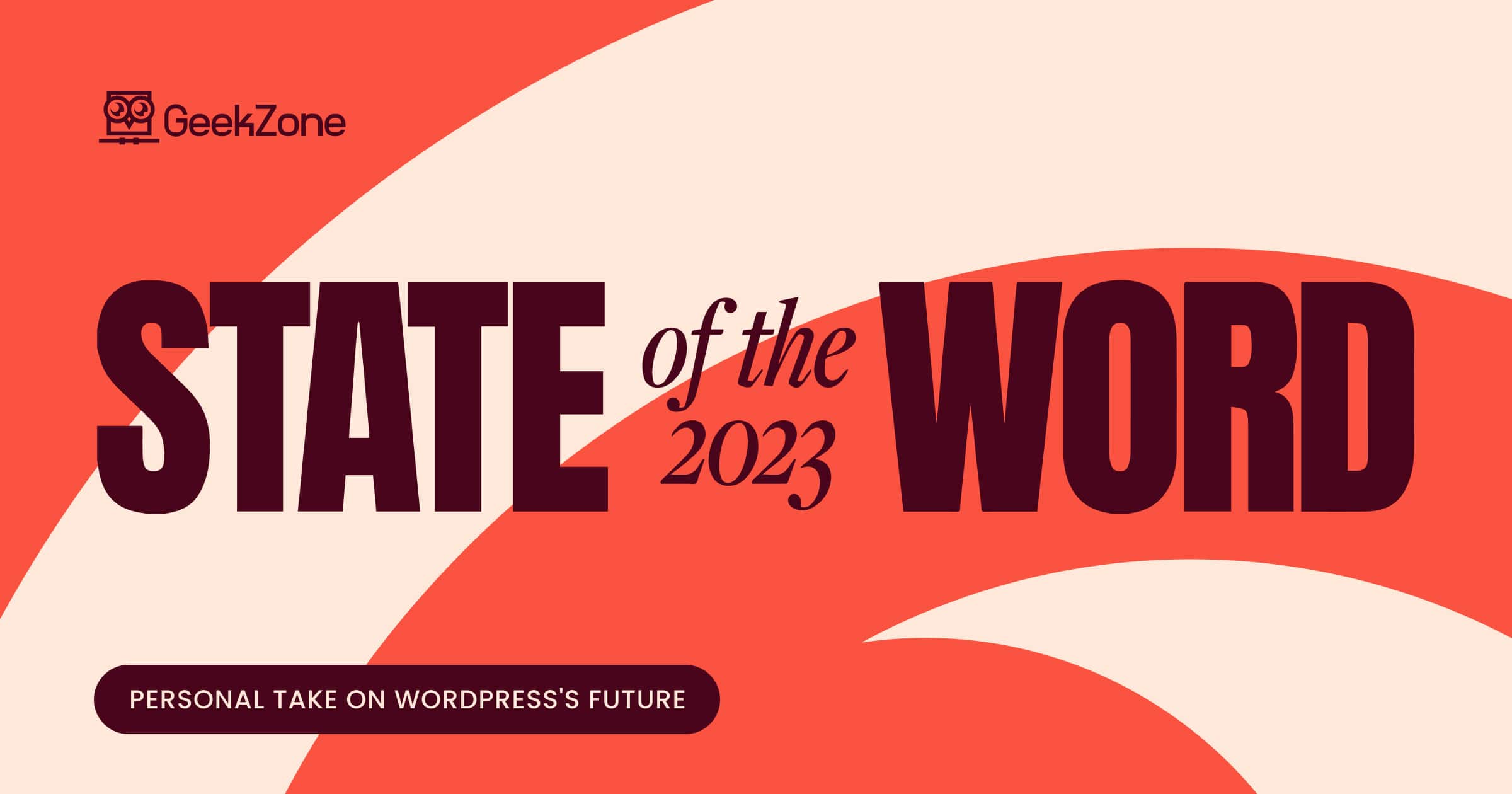Hey there, fellow WordPress enthusiasts! It’s Ben here from WPGeekZone.com. Today, I want to chat about something that’s really close to my heart – sustainable web design. We’re not just talking about the green stuff you see in nature; we’re diving into how our beloved WordPress can help us craft websites that are kinder to our planet. Trust me, it’s not just cool; it’s crucial!
Why Digital Sustainability is a Big Deal
Alright, let’s get real for a moment. Our online world, as amazing as it is, has a footprint – and I don’t mean the sandy beach kind. Every website, every click, every load time – they all use energy. And that’s where we, the mighty WordPress community, come in. We’ve got the power to make a difference, right from our keyboards.
WordPress: A Secret Eco-Warrior
Now, WordPress is more than just a platform for us to create stunning websites. It’s also a secret weapon in the fight for a greener digital world. There are themes and plugins out there that are all about efficiency and minimalism – music to the ears of any eco-conscious web creator.
Themes and Plugins That Love the Earth
I’ve seen some WordPress themes that are like a breath of fresh air – clean, efficient, and totally in tune with Mother Nature. And plugins? They’re the unsung heroes helping our sites run smoother and faster, which means less energy use. It’s like giving the planet a little high-five.
Real-Life Green WordPress Heroes
And it’s not just theory – there are real WordPress sites out there waving the green flag high. From sleek, minimalist blogs to powerhouse e-commerce sites running on eco-friendly plugins, these are the trailblazers showing us how it’s done.
Tips from Your Friendly WordPress Geek
Alright, let’s roll up our sleeves and get into the nitty-gritty. Making your WordPress site eco-friendly isn’t just good karma; it’s smart web strategy.
- Choose Your Theme Wisely: Look for themes that are all about speed and lightness. The faster and cleaner your site, the happier our planet is.
- Be Plugin Savvy: Opt for plugins that streamline your site. Think efficient caching, smart image optimization – the works.
- Green Hosting is a Thing: Yep, your hosting choice matters. Go for providers who use renewable energy or are committed to sustainability. It’s like your website’s eco-friendly home.
- Content is King, but Efficiency is Queen: Write content that’s sharp, engaging, and SEO-friendly. More value, less fluff – that’s the mantra.
Looking Ahead: The Green Future of WordPress
I’m super excited about what’s on the horizon for WordPress and sustainability. With each update, we’re seeing more features and tools that support eco-friendly web practices. It’s a journey, and we’re all in it together.
Wrapping It Up with a Green Bow
So, there you have it, my friends – a little insight into how we can use WordPress to make a positive impact on our planet. It’s not just about building websites; it’s about building a better, greener future. Let’s lead the charge and show the world how it’s done, one WordPress site at a time!
In an era where digital presence is nearly as significant as our physical one, the concept of sustainability has transcended beyond traditional boundaries. As we navigate through the complexities of environmental impact in the digital world, it becomes essential to consider the role our websites play in this dynamic ecosystem. WordPress, as one of the most widely used content management systems, stands at the forefront of this movement, offering a unique opportunity to pioneer eco-friendly digital practices.
Understanding Digital Sustainability
Sustainability in the digital realm is not just a buzzword; it’s an urgent call to action. The environmental impact of the internet and websites, often overshadowed by their physical counterparts, is significant. Each byte of data stored, every query processed, and every page loaded consumes energy, contributing to the digital carbon footprint of our online activities.
For WordPress users, this is a pivotal moment. As stewards of a significant portion of the web, the choices we make in designing and developing WordPress sites can have a profound impact on our planet’s health.
WordPress and Its Eco-Friendly Potential
WordPress, known for its flexibility and ease of use, is also a platform with immense potential for sustainable web design. The platform’s extensive array of themes and plugins provides a toolkit for creating websites that are not only aesthetically pleasing but also environmentally conscious.
Eco-Friendly Themes and Plugins
Certain WordPress themes are designed with sustainability in mind. These themes prioritize efficiency, minimalistic design, and optimal performance, all of which contribute to reduced energy consumption. Plugins, on the other hand, can optimize website performance – think image optimization, efficient caching, and streamlined code – all contributing to a smaller digital footprint.
Case in Point
Examples abound of WordPress being utilized for sustainable web projects. From minimalist blogs that use streamlined, energy-efficient themes to e-commerce sites employing plugins that optimize resource usage, WordPress is proving its mettle in the green arena.
Practical Tips for Creating Sustainable WordPress Sites
To truly harness the power of WordPress in creating sustainable websites, here are some actionable tips:
- Choose Eco-Friendly Themes: Opt for themes that are well-coded and emphasize speed and efficiency. Look for themes with fewer and more efficient HTTP requests, optimized images, and clean code.
- Optimize Website Performance: Utilize plugins that help reduce the website’s load time. Efficient caching, image optimization, and minimizing CSS and JavaScript files are key.
- Consider Green Hosting: Choose a web hosting provider that uses renewable energy or practices carbon offsetting. This choice can significantly reduce the overall environmental impact of your WordPress site.
- Content Efficiency: Adopt a content strategy that prioritizes quality over quantity. Efficient, well-written, and SEO-optimized content not only ranks better but also contributes to a more streamlined and energy-efficient website.
The Future of Eco-Friendly Web Design in WordPress
As WordPress continues to evolve, so do the opportunities for sustainable web design. The community’s commitment to eco-friendly practices is evident in the growing number of green themes, plugins, and hosting solutions. The future promises further advancements, making sustainability an integral part of the WordPress ecosystem.
Conclusion
The journey towards a more sustainable digital world is a collective effort. By choosing to create eco-friendly WordPress sites, we take a significant step towards reducing our digital carbon footprint. Let’s lead by example, inspiring the WordPress community and beyond to embrace sustainability in web design.






